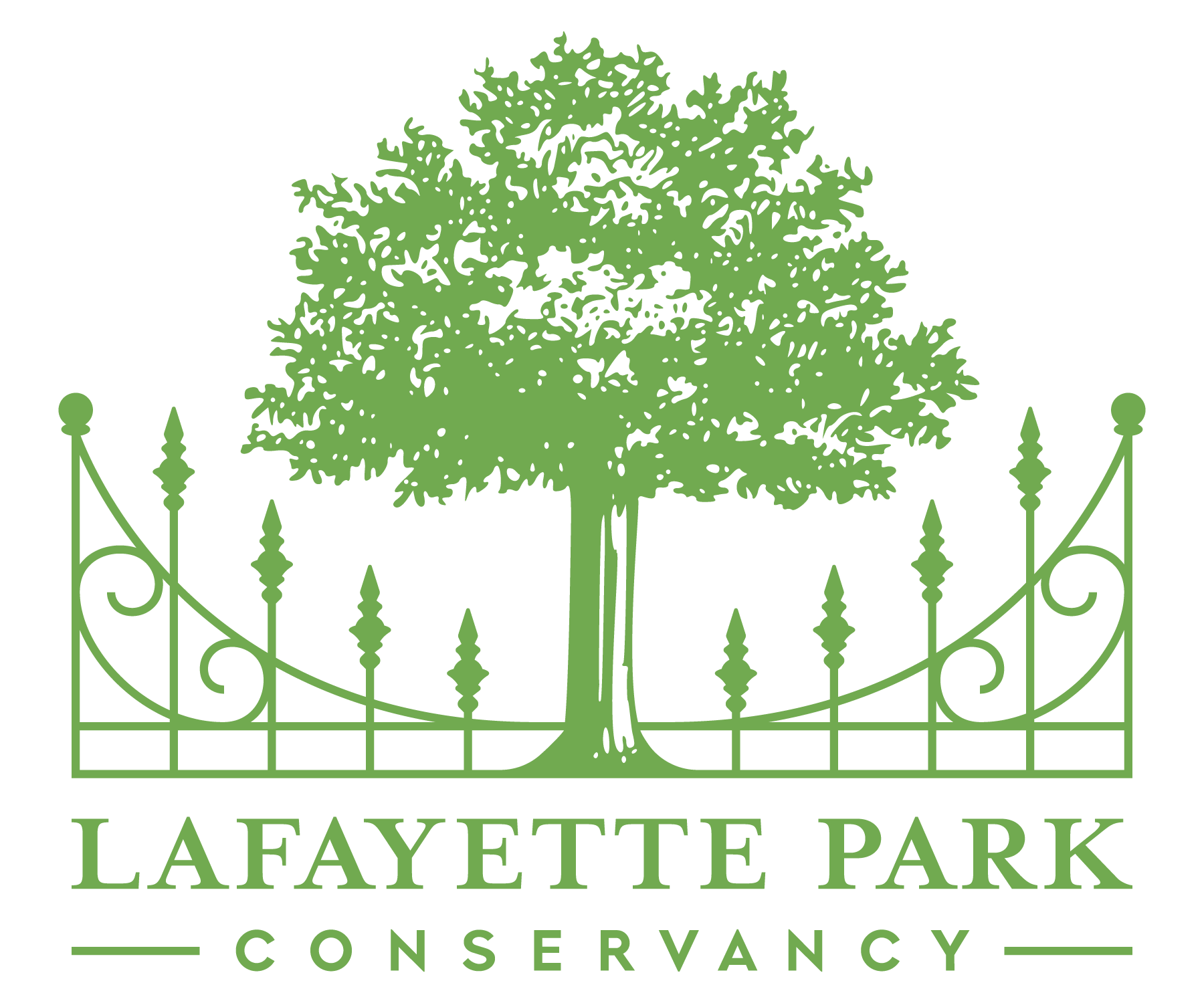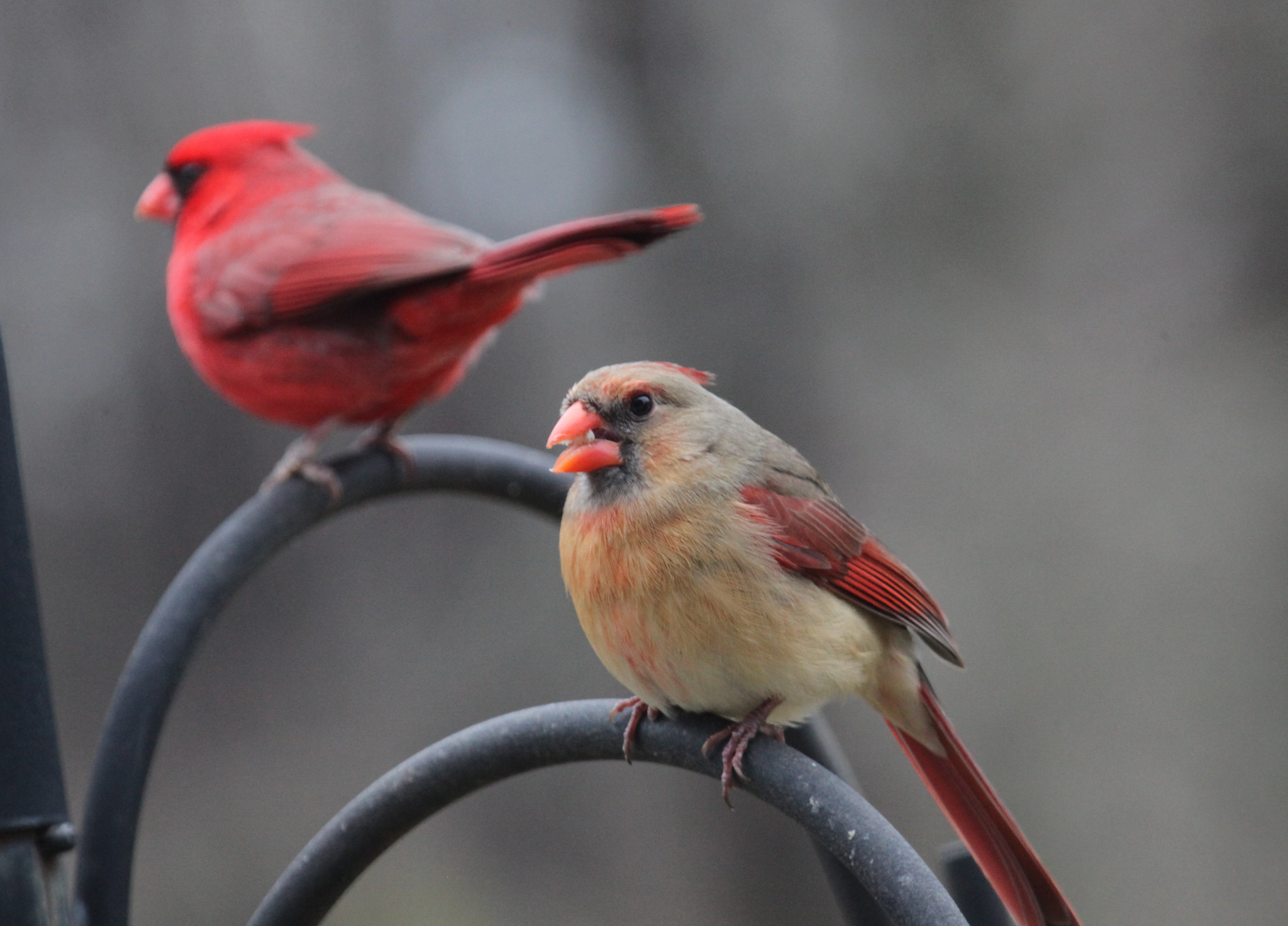BY KIERAN LINDSEY, PhD
I was just trying to help, I swear. In fact, the primary directive in wildlife rehabilitation is: First, do no harm.
But the indignant male Northern Cardinal (Cardinalis cardinalis) I had just lifted out of a shoe box clearly interpreted my attempts to do a thorough but gentle intake exam as disrespectful. He spat a curse at me, and before I could blurt out an apology, he clamped that bright orange vice-like beak down on the webbing between my thumb and forefinger with more force than seemed plausible for a creature that weighed less than 2 ounces.
There we stood—me holding him and trying not to squeeze, him holding me and trying to squeeze with all of his might. I watched a blood blister forming beneath his pincer but there wasn’t much I could do about it. Any attempt to pry him from my hand risked adding to his injuries. I could only try to remain as still as possible, take deep breaths, and wait for him to let go… even though he appeared permanently welded into place.
___________________________________________________________________
Northern Cardinals are year-round residents in much of the continental U.S., from the East Coast westward into Nebraska, Kansas, Texas, parts of New Mexico, Arizona, and southern California. Familiar and conspicuous, with an easy-to-recognize crest and stop-light bright plumage, even in winter, this species is a perennial favorite of backyard feeder enthusiasts and beginning birders. Known to be a courageous defender of both offspring and territory, perhaps that’s why the Cardinal has been chosen as the mascot for several of national sports teams (including one team near and dear to the hearts of Saint Louisans such as myself), as well as being named state bird seven separate times.
Songbird beaks often provide a clue, or a blatant disclosure, of the owners’ food preferences, especially if the species is a fussy eater—for example, primarily nectar, or meat, or in this case, seeds. There’s more than one way to crack a hard shell and evolution has equipped other granivores with distinctive but equally effective beak shapes. Even so, the Northern Cardinal’s short, thick, cone-shaped bill is emblematic of an avian seed-eater.
Which is not to imply that these black-masked bad-ass birds demand a solely seed-based diet; approximately 10% of their calories come from fruits, flowers, maple sap, and invertebrates. Moreover, their young are fed insects almost exclusively until they’re old enough to leave the nest and digest seeds.
 Cardinals hatchlings don’t start life equipped with the same vice-grip their elders wear on their faces rather than in tool belts at the waist. Given the sibling rivalry for Mom and Dad’s attention whenever they bring home groceries, it’s probably for the best that the youngsters don’t have access to pinching pliers until after they fledge; pushing and shoving are dangerous enough when the nursery is a twig cup perched precariously in the crook of a tree branch.
Cardinals hatchlings don’t start life equipped with the same vice-grip their elders wear on their faces rather than in tool belts at the waist. Given the sibling rivalry for Mom and Dad’s attention whenever they bring home groceries, it’s probably for the best that the youngsters don’t have access to pinching pliers until after they fledge; pushing and shoving are dangerous enough when the nursery is a twig cup perched precariously in the crook of a tree branch.
Eventually, baby redbird bills do morph into their final adult size and shape, although for a while their adolescent nose may look out of proportion to the rest of their head. Hey, being an awkward teen is all part of growing up. It builds character… or so I heard, over and over, during my Midwestern adolescence.
With daily compulsory practice (at least if they want to eat) it doesn’t take long before those gawky bills are wielded like a finely crafted instrument, quickly converting a feeder full of sunflower seeds into a pile of empty shells.
Or very nearly bringing a well-meaning wildlife biologist to her knees.
___________________________________________________________________



 Back at the rehab center intake desk, the good Samaritans who had handed me the shoe box—a young mother and two small children—watched as I stood stock still, struggling to hold back tears of pain and four-letter words with a scarlet songbird pretending to be a pair of locking forceps stuck to my hand.
Back at the rehab center intake desk, the good Samaritans who had handed me the shoe box—a young mother and two small children—watched as I stood stock still, struggling to hold back tears of pain and four-letter words with a scarlet songbird pretending to be a pair of locking forceps stuck to my hand.